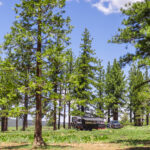
MENUMENU
TALK TO AN EXPERT
Special Hours: 7AM – 6PM PST
TALK TO AN EXPERT
Special Hours: 7AM – 6PM PST
If you want to venture off the beaten path, you might want to consider a dual battery setup. This could be in an overland vehicle, boat, or RV. After all, having reliable battery power when you’re miles away from civilization can be crucial. Relying on your engine battery alone is risky and can even cause damage when trying to use electronics and lights. So what is a dual battery system? And how do you set one up?
In this article, we explore everything you need to know to create the best possible battery setup for your vehicle. Let’s dive in!
A dual battery setup uses two battery systems to maximize the amount of power and reliability you’ll have when out on your adventures. The first battery system is the starting battery. This is the battery that primarily starts your vehicle. It powers the chassis’s radio, lights, and electrical components and should mainly be used for starting and running only.
The second part of the battery system is called the house battery. This powers the electronics you use while you’re living in your rig. For example, you can use it to charge your cell phone and laptop, run your “house” lights, power a small refrigerator, etc. Having this additional source of electricity ensures you won’t accidentally drain your starter battery by overusing it, potentially leaving you stranded.
In many systems, the two battery banks can temporarily be “paralleled” to assist with starting the vehicle if you accidentally drain the starting battery.
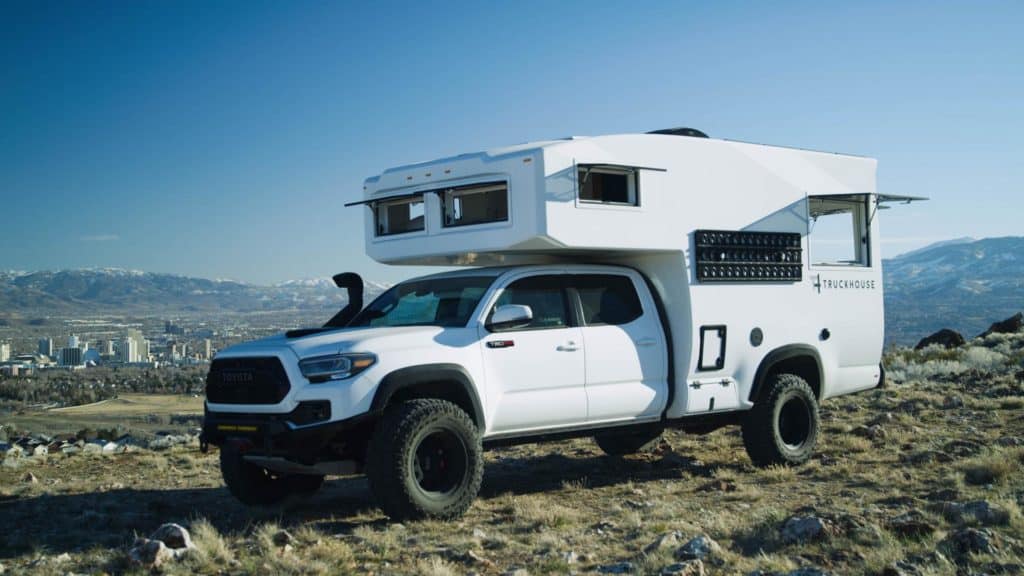
Having a dual battery setup in your overland rig or boat isn’t absolutely essential: using the engine battery can work. However, the benefits of having the extra power greatly outweigh the cons.
For example, if you’re solely relying on your starter battery, you’ll only be able to use it minimally without the engine running. This is because starter batteries are typically lead-acid or AGM batteries. They’re designed to experience a temporary high current when your vehicle starts but then immediately recharge the engine. They’re not made for prolonged use, especially at deep discharges. The end result could involve you being unable to start your engine.
Deep discharges of this battery type also damage the battery quickly and will cause the battery to fail much sooner. This is why the best overland battery setup is very often a dual battery setup with lithium batteries. Dual battery systems are also very popular on liveaboard sailboats and power yachts.
Where should you begin if you want this kind of battery set up for your rig? Let’s take a look at the basics.
As we mentioned before, the starting battery in your vehicle will most likely be a flooded lead-acid or AGM battery. While it is possible to use a similar lead acid battery for your house battery, lithium batteries provide countless benefits and are now the standard.
For example, lithium can withstand deep discharges — nearly 100%, in fact. They also have extremely fast charging times. This makes them ideal for prolonged use followed by quick recharges.
Lithium batteries are also 55% lighter with a much higher energy density than lead-acid and are much safer overall. Because they do not vent toxic gasses, they can also be installed inside enclosed areas like your cab without being vented. All of these factors combined make them perfect for a reliable house battery setup. Here at Battle Born Batteries, we have hundreds of happy customers using our lithium technology for their secondary house battery setups.
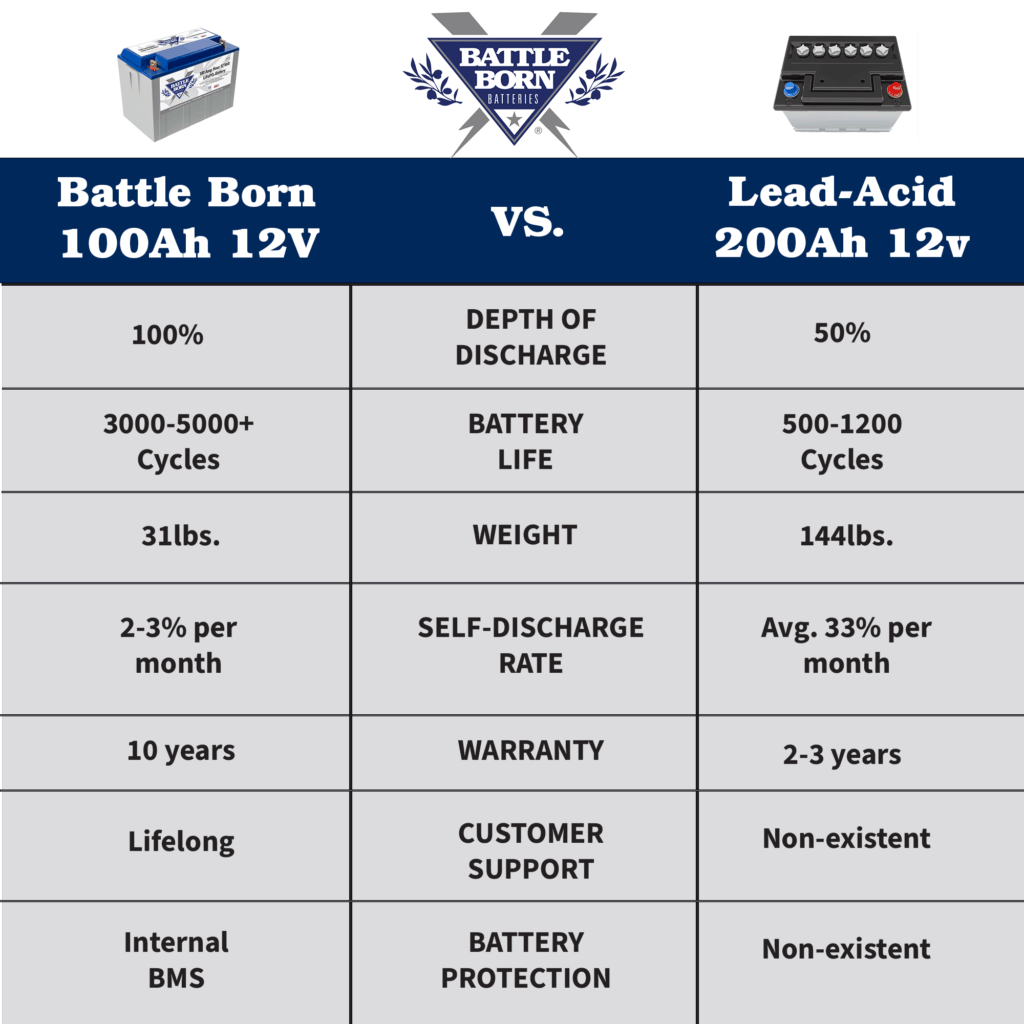
All vehicles are different, so your dual battery setup installation location will largely depend on the space you have available and your specific build. However, there are a few important factors to keep in mind.
First, pick a location where your batteries, wiring, and other components are protected from the elements. In addition to keeping them dry, you’ll also need to make sure they stay clean and dirt and dust free. If you’re winter camping, try to keep them in an environment that stays between 41 and 113 degrees Fahrenheit for optimal use.
Furthermore, consider where the wires are leading and how long they’ll need to stretch. To minimize voltage loss, it’s important to keep them as short as possible.
You have a couple of options for installing your battery system. You can either do it yourself or hire an installer. Obviously, the latter option will be a bit pricier, but if you don’t feel comfortable performing this task on your own, it might be smarter to have a professional do it.
Not only will you know it’s done right, but they might be able to teach you important tips that you otherwise wouldn’t have realized. Need help with the installation? Give us a call.
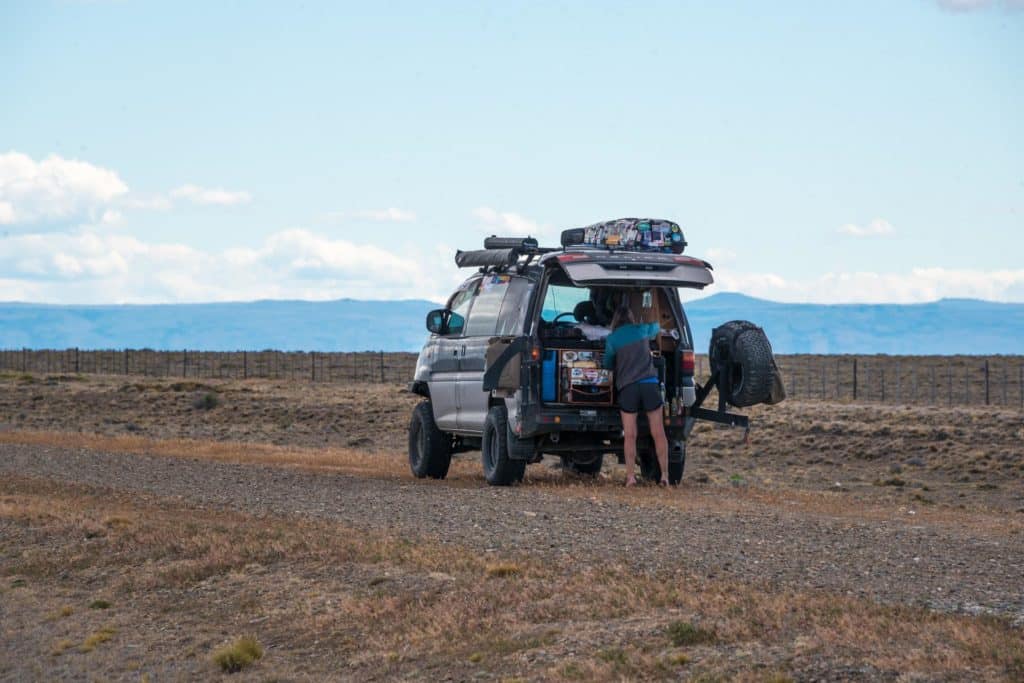
There are several ways to charge your dual battery setup. If you plan on traveling quite a bit, it’s entirely possible to use your vehicle’s alternator to charge the batteries. This is a popular option among overlanders and boaters simply because they don’t have to carry extra equipment. Nevertheless, it’s only ideal if you plan on frequent traveling. Otherwise, you should have a backup charging option system as well. When using lithium, however, there are some precautions you need to take that we will talk about in the next section.
You can also use solar panels to harness energy from the sun and charge your batteries on sunny days. This is a very popular thing our customers do since our batteries charge so well from solar.
You could also bring along a small generator to recharge your batteries when you’re not plugged into the grid, or look into adding solar power. This is most popular with larger vehicles, like RVs.
If you wire a bunch of batteries to an alternator without any thought you can do major damage to it. Most alternators are designed only to charge one lead acid battery, and any more can cause it to overheat and melt its winding.
However, a dual battery setup shouldn’t hurt your alternator as long as it’s wired correctly and you have the right equipment in place.
Specifically, you’ll need a DC to DC charger or alternator charger, like a Wakespeed Advanced Alternator Regulator, in order to control the second battery charge state. This includes the voltage, amps, and temperature of both the battery and alternator. This will protect both your alternator and battery system to ensure everything is functioning properly.
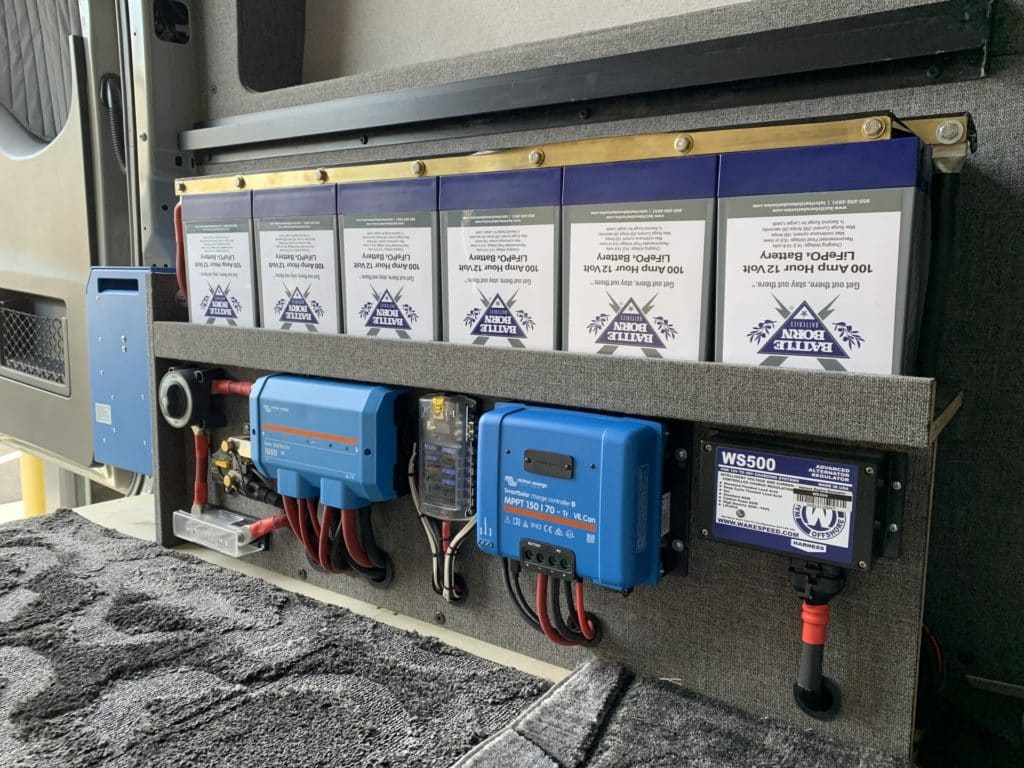
Some choose to add a second alternator when running dual battery banks to add even more redundancy and reliability to their vehicle. Boats that have two engines typically charge one battery bank off one engine and the second off the other. In the event of an alternator failure, they could be rewired to keep the start batteries powered to make it home.
Yes — it’s important to have an isolator for a second battery because your house battery system will need to stay completely separate from your chassis battery.
Battery isolators essentially make sure that the failure or drain of one battery won’t hurt the rest of the system. This lets you use the second battery as a backup. You can use either a charge controller or a dedicated battery isolator relay, depending on your needs.
The backup battery can drain the main battery if your system isn’t wired properly. This is why it’s so important to have an isolator and/or a charge controller that allows the electrical current to flow in one direction but not the other. This will prevent your main battery from becoming compromised if your house batteries drain.
So, the answer here is no, it should never drain the main battery as that is one of the second battery’s main functions.

While it’s possible to overland while relying solely on the engine battery, we don’t recommend it. Having only one energy storage system to start your engine, run your vehicle’s electronics, and live off of is extremely risky, especially when venturing off the beaten path.
This is why we highly recommend investing in a reliable backup battery system. You’ll have peace of mind knowing you can power all your essential electronics and get out of Dodge when you need to.
Need some inspiration? Check out these 5 awesome overland vehicles that have dual battery systems to power their off-road adventures!
We know that building or upgrading an electrical system can be overwhelming, so we’re here to help. Our Reno, Nevada-based sales and customer service team is standing by at (855) 292-2831 to take your questions!
Also, join us on Facebook, Instagram, and YouTube to learn more about how lithium battery systems can power your lifestyle, see how others have built their systems, and gain the confidence to get out there and stay out there.
Shop Best Sellers
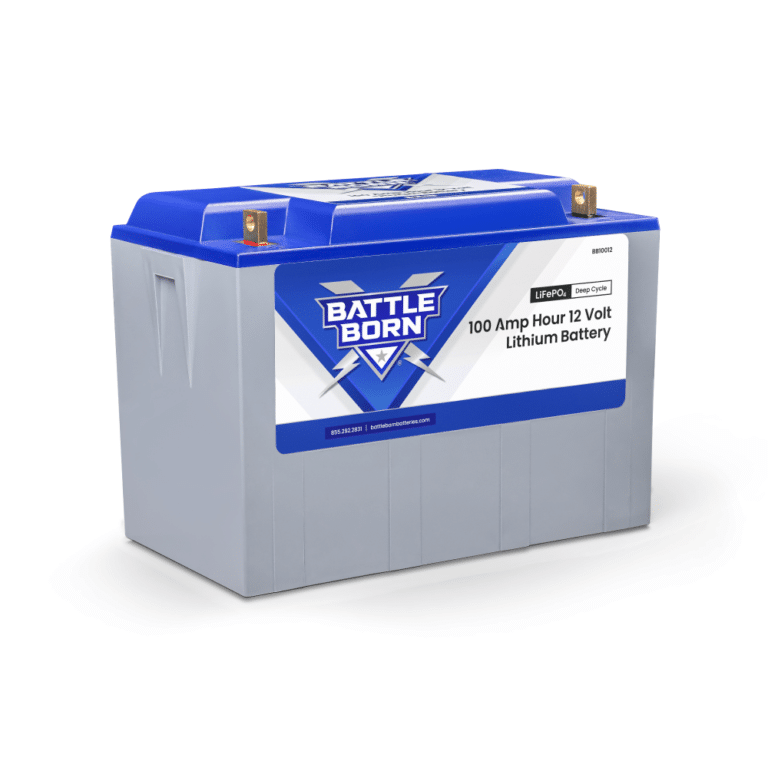
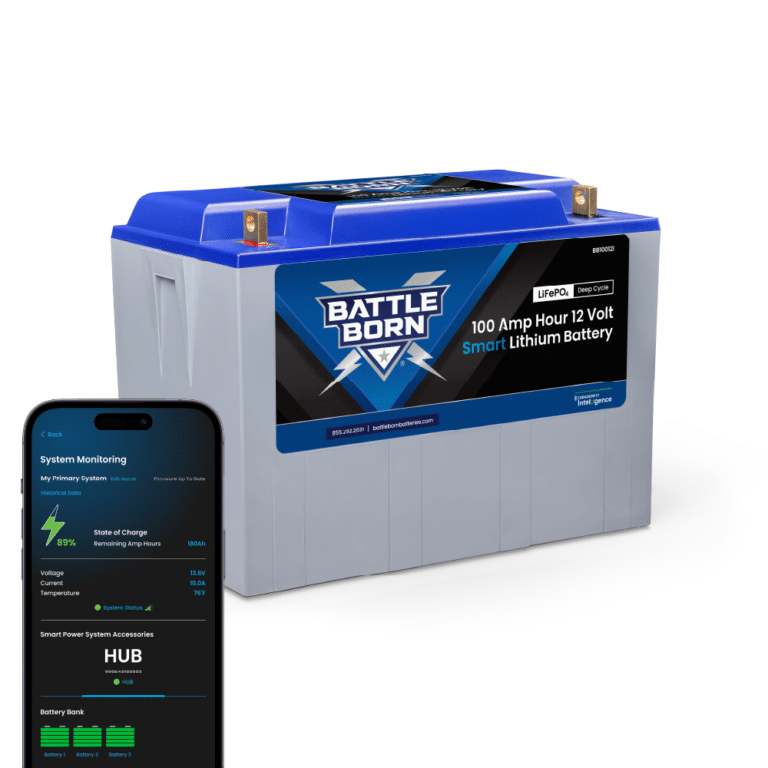
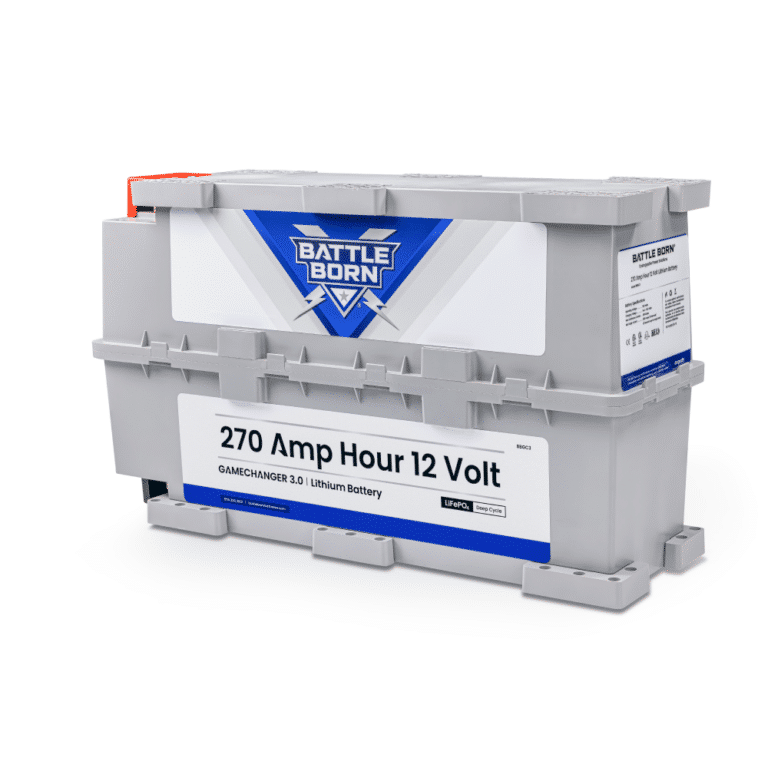
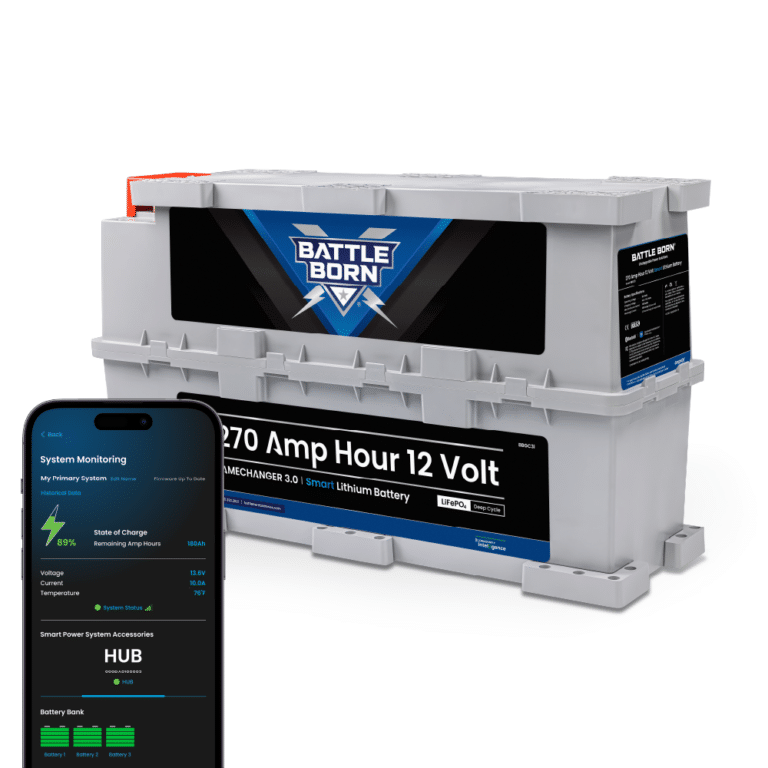
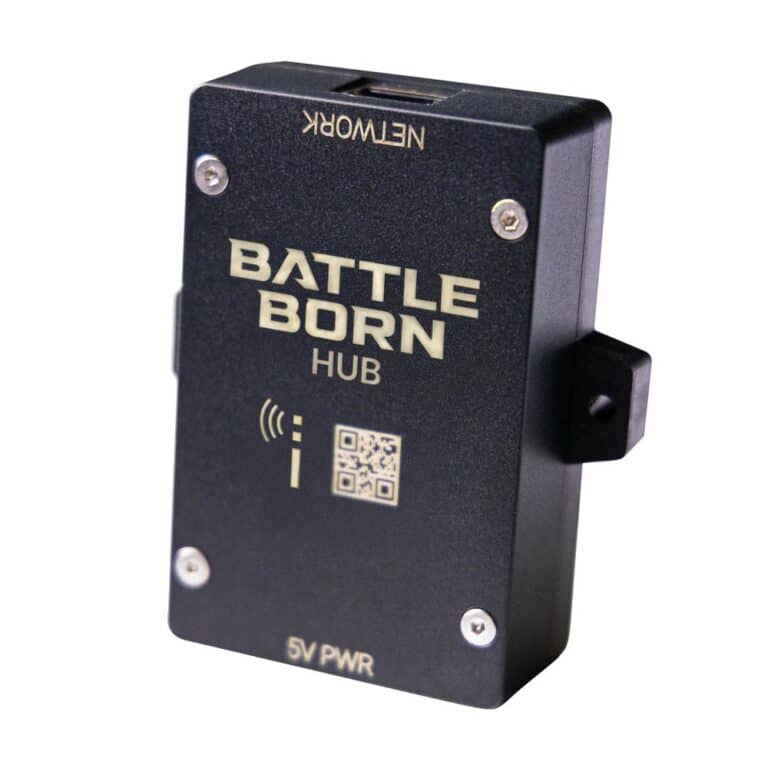
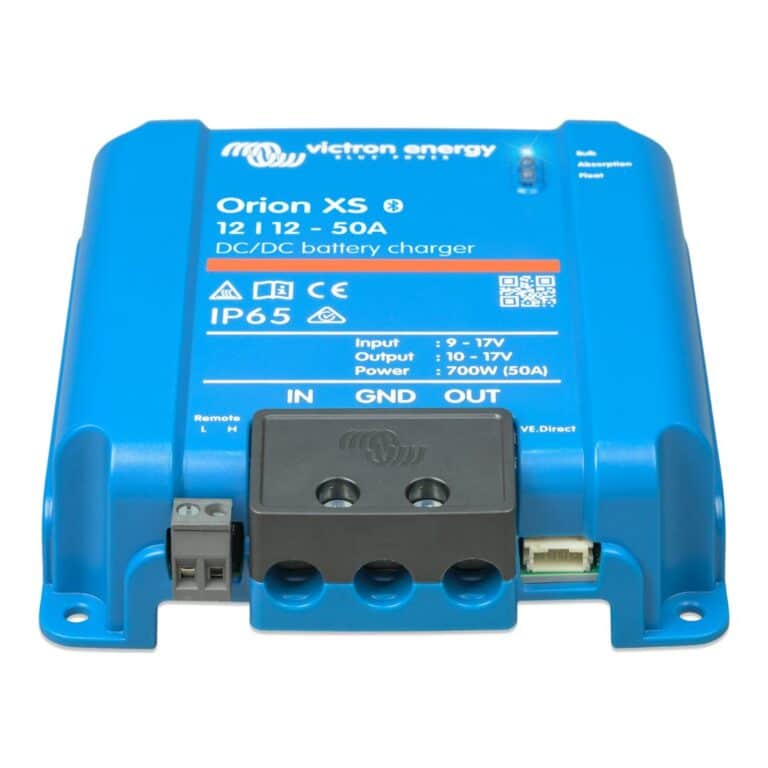
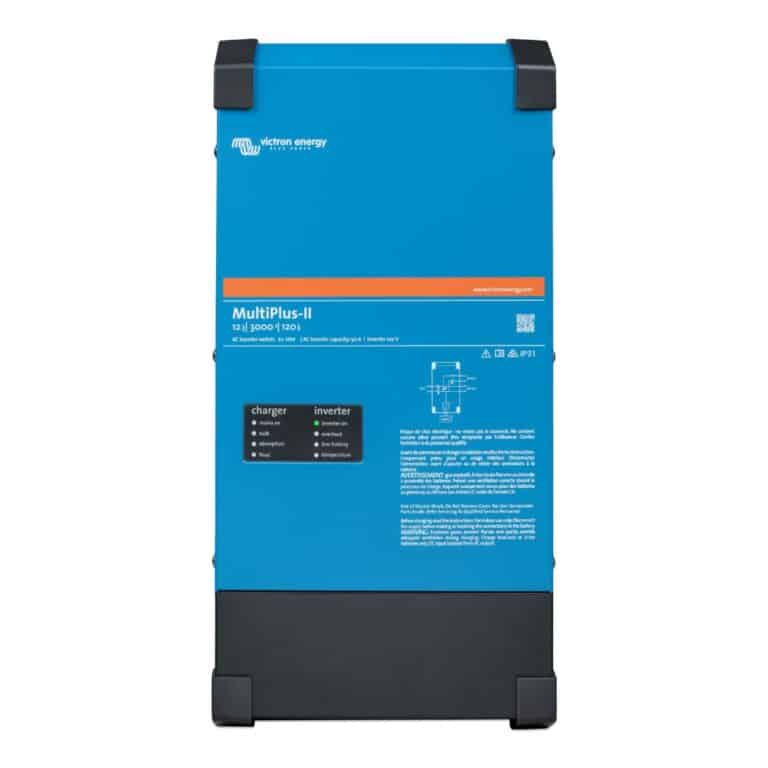

Ask a technical specialist now at 855.292.2831
Stay in the Know